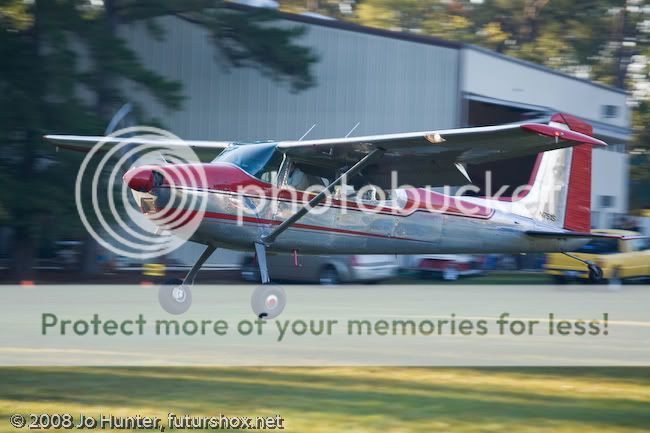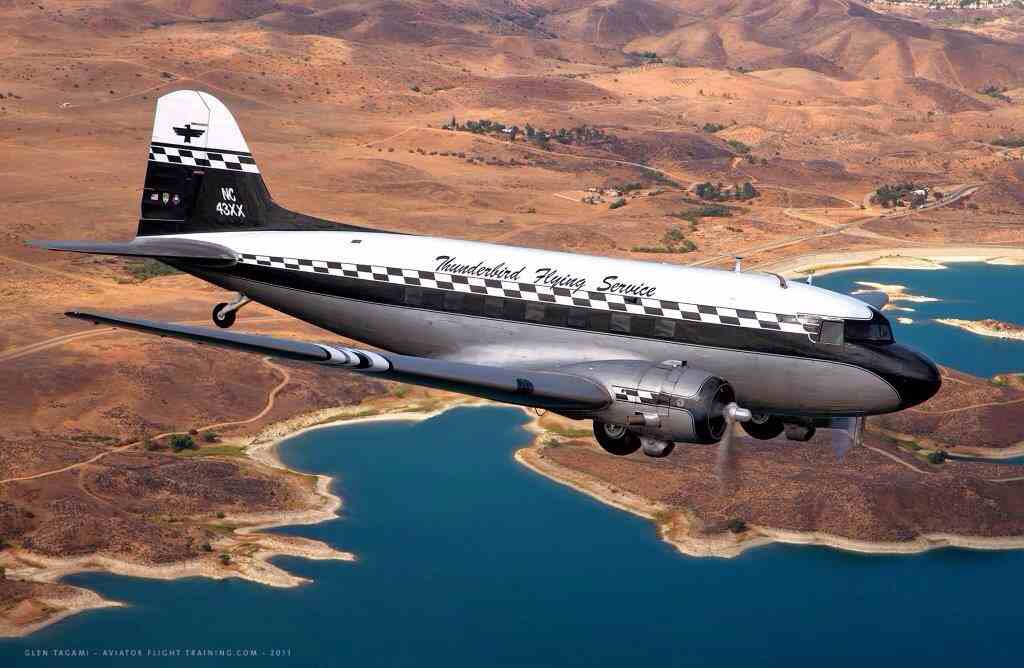I will do that... sweet plane... looks like a great price... what will this particular one cruise at? But lots of people on here say that a new pilot shouldn't be flying such a plane? If properly instructed, why not? And thank you!
The book says 172Kts cruise. Real world plan for 165-ish. As for new pilots and high performance planes, it's that the mistakes at slower speed without prop, gear, and cowl flap controls won't do as much damage. When you move up in speed and complexity, things happen faster, and mistakes are less forgiving. However, as has been noted, the Beech of very similar build was used as the primary trainer for military pilots for many, many years with good success.
The Bonanza is not a training aircraft, but that doesn't mean it can't be used for that. More than one pilot has bought a Bonanza and learned to fly in it. Some have gone on to exceed their ability to handle the plane, and killed themselves in rather spectacular fashion. It would be like starting to drive in a Ferrari F-40, which is doable, but not recommended.
I prefer your earlier idea of buying and learning in a slower tailwheel plane which will provide excellent training in ground handling, and make you a better overall landing pilot. Once you get those skills down solid, landing a Bonanza or other complex fast plane a breeze. This was the route I took, as I started with a Citabria, and became proficient, then moved on to a Grumman 4 seat, and then to the Bonanza. Once you learn it, the Bonanza is a pussycat to handle on the ground, but like all cats, it has claws and can scratch you.






